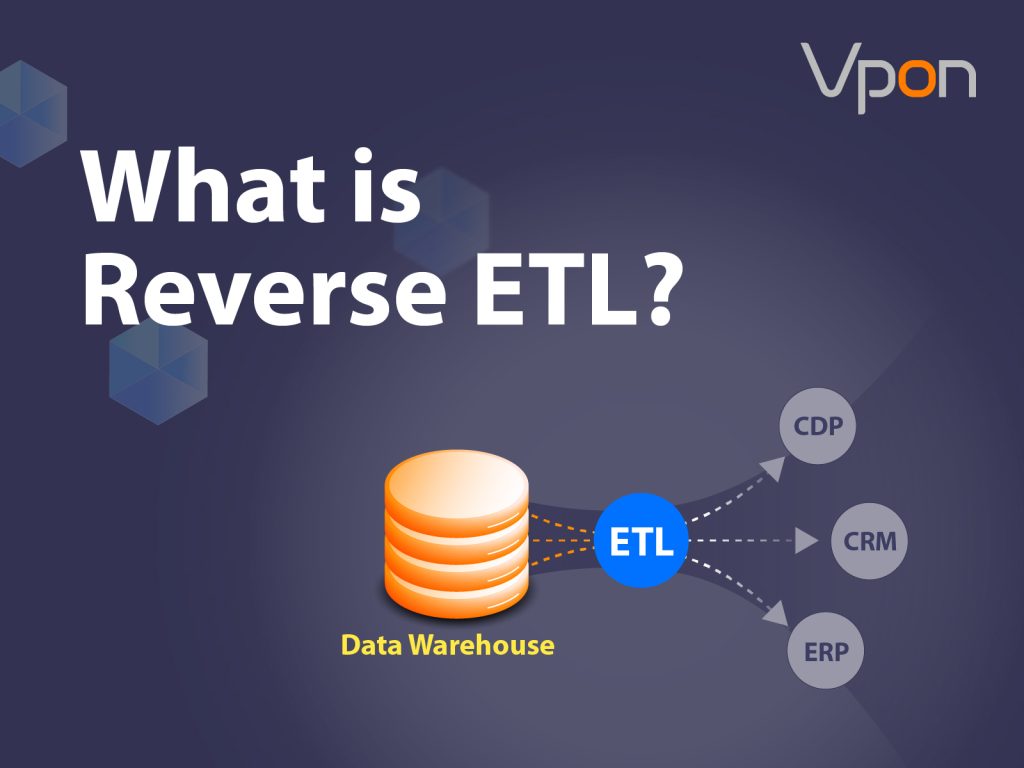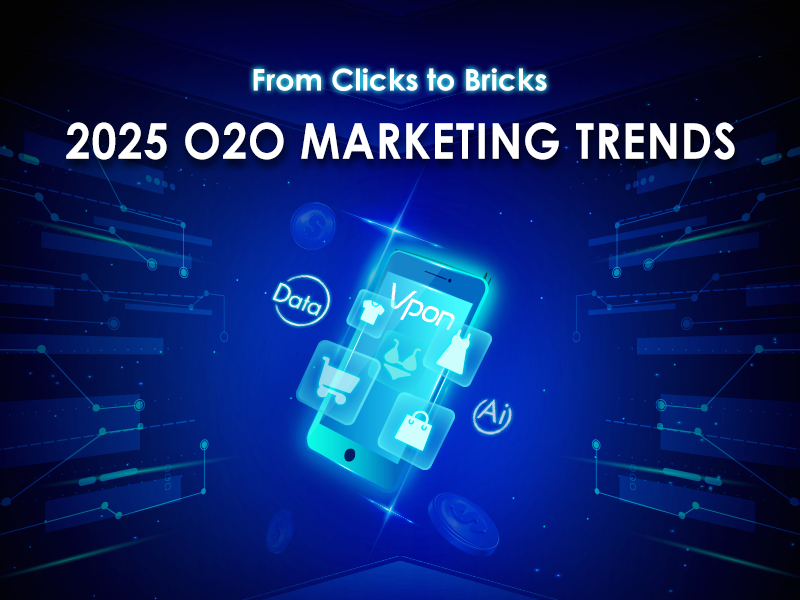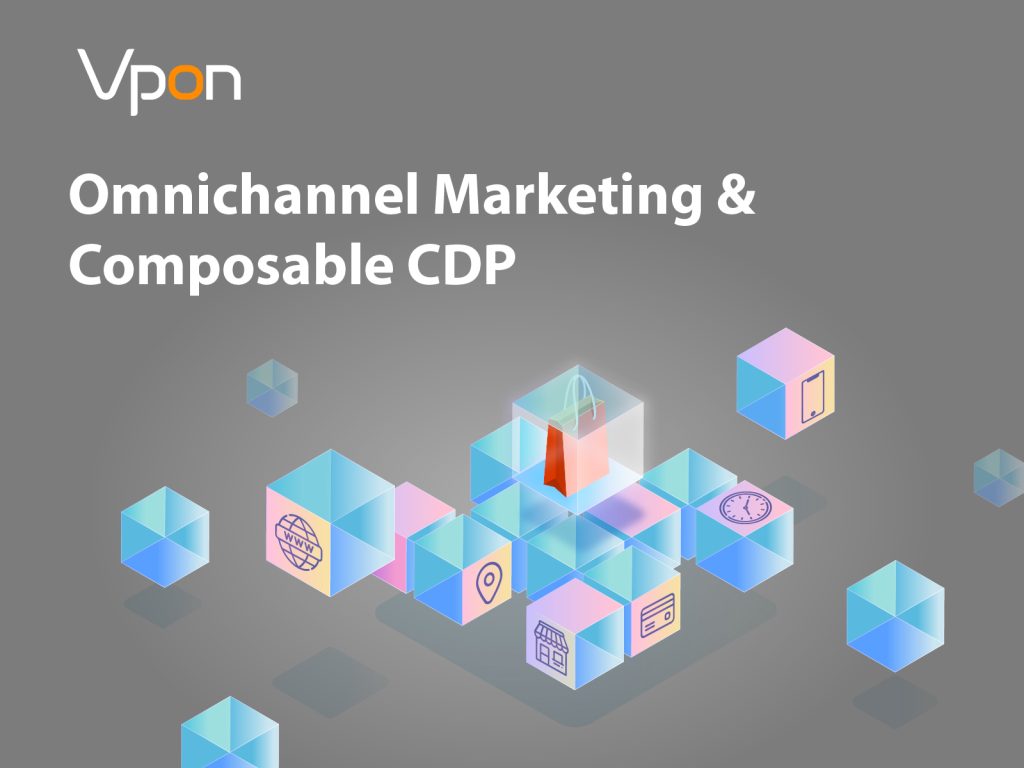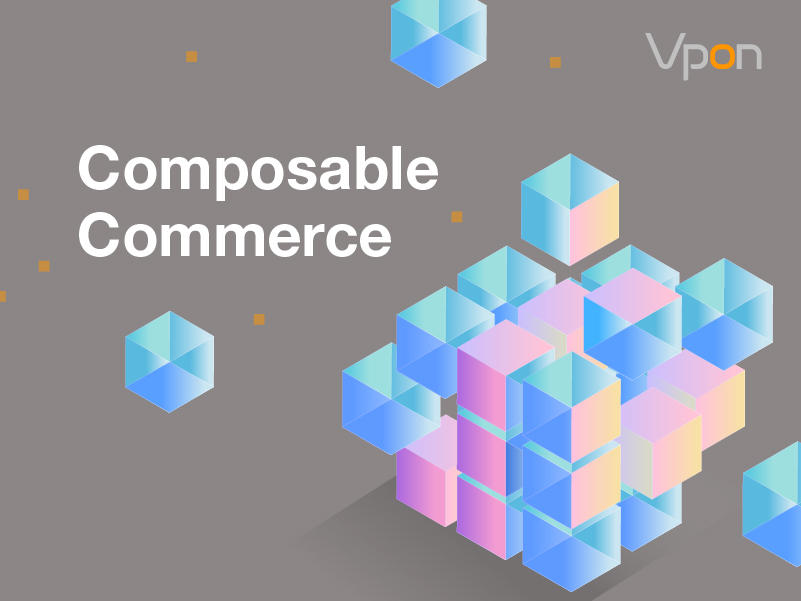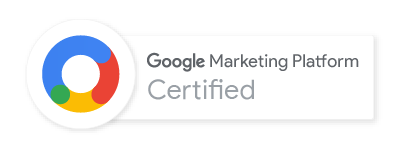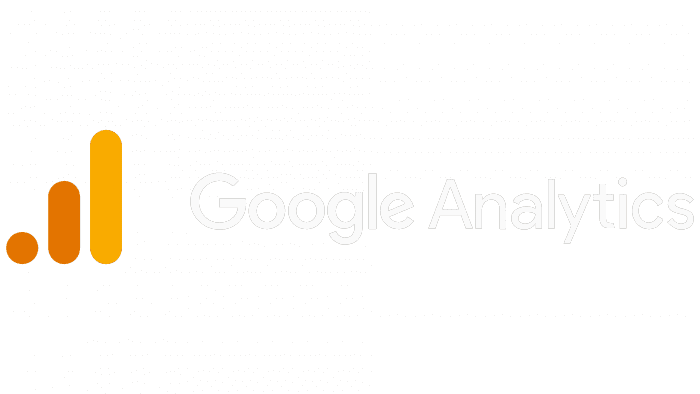Reverse ETL is a data integration concept that represents a pivotal shift in the importance of data management. Before, data was only accessible to data teams, but with the new approach of the reverse ETL pipeline, data is made accessible to even the nontechnical departments of the business.
Unlike traditional ETL pipelines, which focus on processes of moving data from source systems to data warehouses or data lakes, reverse ETL flips this paradigm and focuses on the extraction of data, changing how businesses deal with data.
This article will examine how Reverse ETL pipelines are changing how businesses handle data, the overall benefits, and even some examples it is being used. But before we dive into Reverse ETL, we need to understand a bit about what traditional ETL is.
Table of Contents
What is Traditional ETL?
The concept of traditional ETL pipelines has been around since the 1970s and is not a new concept. It is a data integration process that involves moving data from various source systems like databases, files, SaaS applications, & application events to centralized data warehouses or data lakes.
Basically, it’s the process of moving all your data into one central location using a predefined data structure. Let’s see how this is done.
First, the data is extracted from the server using SQL queries. Next, the data is then transformed into a specific format that will be stored in the central data warehouse. In this process, the data is mapped out correctly to match the format needed to display the information correctly. It sounds complicated, but really, it isn’t. Most modern software comes with tools to help you do this. Or you can hire a data expert to help you set up everything.
Lastly, the data is loaded into the new tool using API insert or batch processing. After the data has been sorted out in the data warehouse, it will be ready for data analysis and visualization.
The data team can now extract and leverage data to develop new business insights. The drawback to this process is that the data needs to be constantly maintained and requires a data expert to help extract, manage, and analyze the data. This is where reverse ETL comes into play.
How Does Reverse ETL Work?
Reverse ETL takes synced processed data from a data warehouse and accesses it for business applications. Before, businesses using traditional ETL would require data teams to move the data from various data sources into a central warehouse and extract it to multiple sources like CRM, CDP, ERP, marketing platforms, etc. This means that data would constantly need to be managed and extracted by a data expert. Reverse ETL helps operational teams adopt a proactive approach to using data for business applications in other departments in the organization.
Using reverse ETL, data is directly extracted into a central data repository, where other departments in the organization can access the data in a more accessible interface, like customer relationship management (CRM) system, ERP, CDP, marketing platforms, etc.
Here is an example to help you grasp this concept. Let’s say your marketing team has dashboard software, like Looker Studio, to track your business KPI. After reviewing the KPI, your sales team wants to go deeper into the numbers. With reverse ETL, the CRM directly communicates with the data warehouse. Extracting the information your team needs. Allowing them to do more advanced reporting and forecasting.
As you might expect, reverse ETL plays a vital role in data workflows. Basically, you are moving the data out of the warehouse server and ensuring everyone in your organization has access to the same information.
Essential Key Components Of Reverse ETL
Reverse ETL works by sending queries to you against your data warehouse and writing the results of that query to the downstream tool of your choice. There are four essential components to consider: source, model, sync, & destination.
Source: The place the data is coming from. Usually, the central server data warehouses like BigQuery or Snowflake. However, it could also refer to a website or cloud storage.
Model: The specific data set you want to add to your destination. This consists of SQL statements that can be used to define how the data will be represented and what data you want to extract from the source.
Sync: This is the process of defining the data from your model and declaring how the information should be mapped to fit the appropriate fields in the end destination or software of choice.
Destination: The software or tool you want to deliver the data to could be a CRM, ERP, CDP, Marketing platform, etc.
Benefits of Reverse ETL
There are plenty of reasons why companies are embracing reverse ETL. Let’s run through some of the most significant benefits.
Preventing Data Silo
Data should be prized within your business. Getting sales, retaining customers, finding your weak spots, and more. Given its importance, you might be surprised to learn that, on average, 73 percent of enterprise data isn’t being used. Reverse ETL can help change this.
This problem is linked to data silos. Departments are only considering the data generated by their teams. There are many ways this problem can happen. For example, the customer service department sees a rise in complaints about a particular product. Finance notices that people purchasing this product are refusing to pay their invoices. Due to a silo, they might have been treated as two separate issues. Thanks to reverse ETL, this information is shared across department lines. Bringing the whole company together to come up with a solution.
Perhaps more importantly, this information will all be available in the tools your teams are familiar with. There is no need to waste time training the sales team on accounting software.
Delving Deeper into Data
Many companies keep track of KPIs. But looking deeper into the numbers can be difficult. Reverse ETL helps solve this problem. Making the information easier to access through software programs. By doing this, you can analyze it more deeply. Come up with new insights about how you can improve the business. In particular, you’ll be able to get a better idea of how different departments can work together. For example, how can you use marketing to improve the customer experience and reduce churn?
Freeing Up Your Data Teams
If everything is stored on a central database, your data teams will likely have to field multiple ETL requests per day. Gathering the relevant information is straightforward, but it takes time. Reverse ETL will free up your data teams. Focusing their efforts on more important things. Helping to set up your company for the future.
Improving Automation
Reverse ETL can help your teams save time. Automating some tasks for them. For example, you can eliminate the need to pull CSV files and input them into the software. Less time spent on menial tasks means more time can be spent growing the business.
The Important Role Reverse ETL Plays in Composable Customer Data Platforms
Composable Customer Data Platform (CCDP) are important to your organization. They are used to track your customers. Creating a unique profile for each person. You’ll know every interaction they have had with your company. This can become a treasure trove of valuable data.
Combining a CCDP with a reverse ETL will supercharge your ability to get to know your customers. Here’s an example of what we mean. Your CCDP gathers the information. Unlike packaged CDPs, you will be able to use your first-party data. It’s then fed back to the central database. Your reverse ETL ensures that this is available to everyone on your team. Allowing everyone to see the latest data.
Use Cases And Benefits
There are plenty of circumstances where you might need to use reverse ETL. First, it’s ideal for data migration. Connecting the data from one software tool to another. Many tools today come with API integrations to make this easier. But sometimes, these won’t always be available. Reverse ETL allows you to overcome this problem, letting your software programs exchange their information seamlessly.
Now that we have a better idea of reverse ETL, let’s look at how it can help your company grow. There are plenty of examples of how this technology can benefit your company. You’ll be able to gather more comprehensive information about your audience. Imagine that you are running a Facebook campaign. You can go deeper than just seeing how many people watched your ads. You can see how many people purchased a product based on that campaign. Monitor their interactions with your company. Optimizing your future campaigns and helping you improve the customer experience.
For example, let’s imagine that your sales team is using Salesforce. Your marketing team is using HubSpot. Zoho Inventory tracks the amount of stock you have on hand. Reverse ETL can bring all the information on these apps together. Giving each team a more complete understanding of the business. For example, marketing can see what products are selling well and which ones aren’t.
Another everyday use is where the data is stored on a central server. Reverse ETL distributes the information across your organization. Each software can then feed sync up with the central server. creating a continually updated loop of information.
Concluding Thoughts
Learning how to leverage your data quickly and efficiently is key to success in the digital era. Gathering data has never been easier. Traditional ETL requires a lot of technological know-how and is not very efficient for data management. Other departments in the business could not get a holistic view of the data, leaving gaps in strategies. With the introduction of reverse ETL, every department in the organization can access all the data easily and utilize all pertinent data without worrying about the technical side of data.
Vpon's Composable CDP Modular Framework – Flexible One-Stop Data Platform
As a modern mainstream customer data management platform, Vpon CCDP features the following:
No vendor lock-in: CCDP can be used with any database. This allows businesses to easily switch options as their business needs change.
Ability to use first-party data: CCDP can be better customized, enabling businesses to integrate valuable first-party data sources to meet their needs.
Modular approach: Businesses can choose the data collection, storage, and activation tools they need. Everything is chosen in a customized way, with no need to pay for unused modules.
No coding knowledge required: Anyone can easily set up and use CCDP, greatly reducing the pressure on IT teams.
A composable Customer Data Platform (CDP) offers businesses a more flexible and needs-oriented new choice. It can solve the challenges and difficulties encountered by businesses in practical operations, serving as a conduit between existing data collection and storage systems and front-line tools.
Vpon’s composable CDP solution follows the principles of data governance and AI governance. Based on different stages of digital transformation, it establishes a corresponding modular framework. From data collection, data analysis, to AI applications, there are different module blocks to assist enterprises in building their own customer data platforms, connecting multi-source data with various marketing tools, enabling CCDP implementation and construction to drive digital transformation plans. Through seven major modules: digital footprint tracking, cloud data modeling, predictive analytics, data empowerment, team empowerment, personalized communication experience, and intelligent digital marketing, it helps teams achieve precise marketing of audience segmentation more flexibly and efficiently.
Vpon has over 15 years of experience in data and digital advertising. Our data experts can assist you with CCDP deployment and provide related consulting services, making data utilization simple from now on. If you would like to know more, please feel free to contact us at any time.
